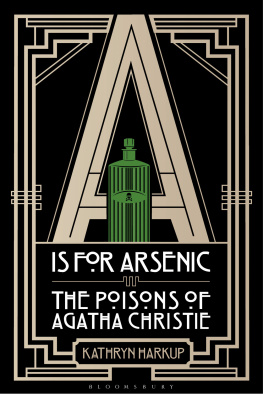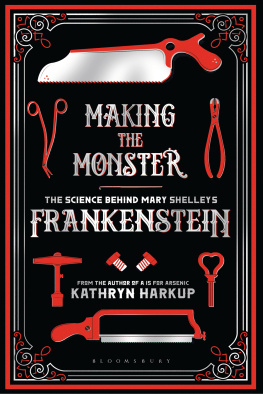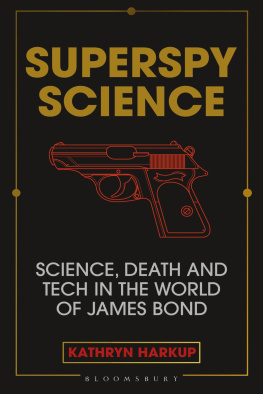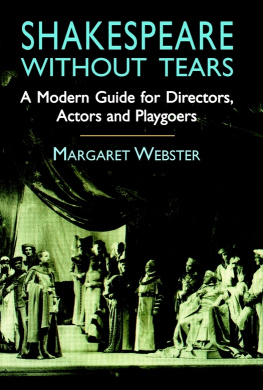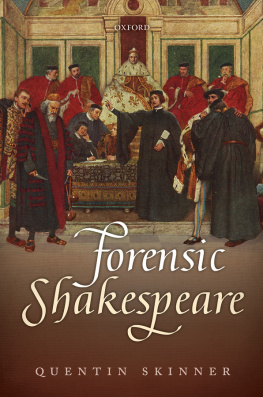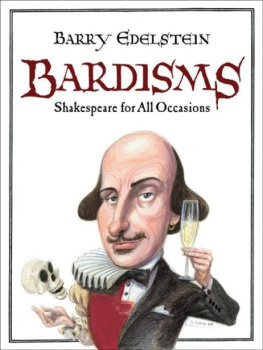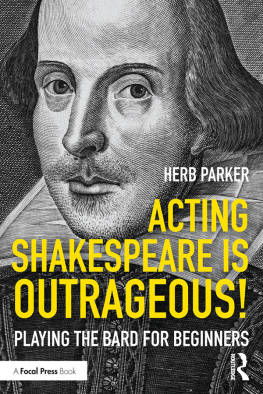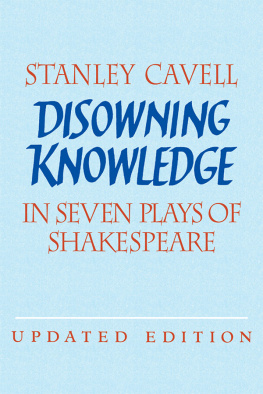
Also available in the Bloomsbury Sigma series:
Sex on Earth by Jules Howard
Spirals in Time by Helen Scales
A is for Arsenic by Kathryn Harkup
Herding Hemingways Cats by Kat Arney
Death on Earth by Jules Howard
The Tyrannosaur Chronicles by David Hone
Soccermatics by David Sumpter
Big Data by Timandra Harkness
Goldilocks and the Water Bears by Louisa Preston
Science and the City by Laurie Winkless
Bring Back the King by Helen Pilcher
Built on Bones by Brenna Hassett
My European Family by Karin Bojs
The Planet Factory by Elizabeth Tasker
Wonders Beyond Numbers by Johnny Ball
Immune by Catherine Carver
I, Mammal by Liam Drew
Reinventing the Wheel by Bronwen and Francis Percival
Making the Monster by Kathryn Harkup
Catching Stardust by Natalie Starkey
Seeds of Science by Mark Lynas
Eye of the Shoal by Helen Scales
Nodding Off by Alice Gregory
The Science of Sin by Jack Lewis
The Edge of Memory by Patrick Nunn
Turned On by Kate Devlin
Borrowed Time by Sue Armstrong
Love, Factually by Laura Mucha
The Vinyl Frontier by Jonathan Scott
Clearing the Air by Tim Smedley
Superheavy by Kit Chapman
18 Miles by Christopher Dewdney
Genuine Fakes by Lydia Pyne
Grilled by Leah Garcs
The Contact Paradox by Keith Cooper
Life Changing by Helen Pilcher
To my Gran
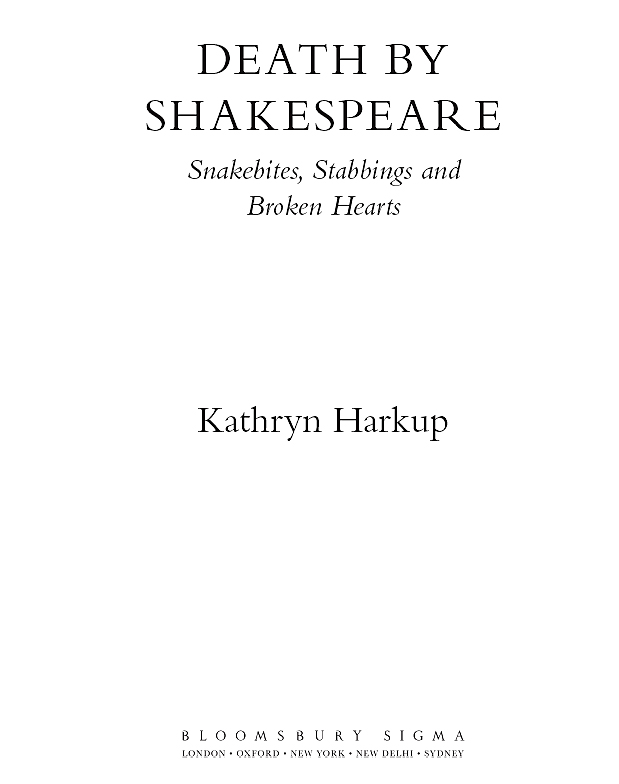
Contents
I shall offend, either to detain or give it. The contents, as in part I understand them, are to blame.
King Lear , Act 1, Scene 2
So, thanks to all at once and to each one
Macbeth , Act 5, Scene 8
First of all thanks to Jim Martin, Anna MacDiarmid and everyone at Bloomsbury for another opportunity to write about something I love and for all their support throughout. Thanks also to Catherine Best for her brilliant editorial skills. Ele Willoughby also deserves a huge amount of praise for her superb chapter illustrations.
I wrote this book out of an enthusiasm for Shakespeare and the gorier side of science. My background in chemistry meant the research into scientific aspects were much less daunting than the literary and theatrical side of things. Matt Pinches of the Guildford Shakespeare Company and Katherine Mendelsohn have been brilliant in helping me understand more about how Shakespeare is performed thank you.
On the science side of things, Margaret Skinner and Caroline Barrett helped me out of a difficult spot regarding animal blood. Alice Gregory supplied some great insights into sleep, or the effects of a lack of it. Isabelle Sheridan has been fantastic at answering my questions about anatomical and medical details. Bill Backhouse and Justin Brower need a special mention for helping track down sources and resources for me.
Thanks to David and Sharon Harkup, Beatriz Gonzles, Matt May, Helen and Andrew Skinner, Richard Stutely, Mark Whiting and all in the Valencia Writing Group, particularly Dnal Mac Erlaine, and most of all to my parents, for reading and commenting on the book as it progressed. The result has been much improved by their feedback. Though many people have helped spot and correct my mistakes nothing is perfect. Any remaining errors are mine and mine alone.
Obviously this book owes everything to William Shakespeare and his splendid work. And how quote you my folly? Most quotes, along with a lot of additional information, have been taken from the excellent Open Source Shakespeare website (www.opensourceshakespeare.org). All quotes from The Two Noble Kinsmen have come from the RSC edition of the Complete Works of William Shakespeare . And finally, quotes from Edward III were found in John Julius Norwichs Shakespeares Kings .
All the worlds a stage
As You Like It , Act 2, Scene 7
William Shakespeare occupies a special place in history. No other writer has enjoyed the same success and prolonged reverence as the Bard of Avon. He has entertained us for over four centuries, given us a wealth of cultural references and inspired countless adaptations and interpretations of his work.
He may have been catering to the tastes of his audiences in sixteenth- and seventeenth-century London but his plays and poems are still known and enjoyed today, and not just in England but around the globe. Shakespeare tapped into something that crosses cultural and linguistic borders. The setting and the century ancient Egypt, a medieval battlefield in France or an enchanted island somewhere in Renaissance Europe may not be easy to relate to, but his themes of love, hatred, jealousy and bereavement certainly are.
The Bard drew from a vast world of history, literature, imagination and everyday experience to produce plays that make us laugh, cry, gasp and think. His ability to take simple ideas and weave into them such complexity of detail and depth of character made his plays stand out among those of his contemporaries. His eye for detail has convinced many that he must have been a scholar of such varied fields as law and medicine, as well as spending time travelling on ships and soaking up the atmosphere of Italy.
We have no proof that he did any of these things. His ability to absorb information, thread it into plays and present it in such a beautiful way has perhaps fooled us into thinking he had a more detailed knowledge and varied experience of life than he really did. However, two subjects he was undoubtedly an expert in, having experienced both at close quarters, was life and death in Elizabethan and Jacobean England.
Shakespeare understood death in a way that perhaps we dont today. The playwright lived in a time when lives were often short and death was a social event. He may have understood little about the science of the process of death but he knew what it looked, sounded and smelled like. Today death is sanitised, screened off and seldom talked about. Often the detail is hidden from us completely. People living in the sixteenth and seventeenth centuries visited the sick and dying and were personally involved in caring for friends and relatives in their last moments. They also witnessed public executions, saw street brawls and lived in constant fear of visitations from the plague.
With limited effective medical treatments available, the grim reality of death, from even the most trivial of illnesses and infections, was well known, up close and in detail. Death was a familiar feature of everyday life To die is as common as to live ( Edward III ) and Shakespeare didnt shy away from describing it. Death was simply part of the richness of life that he wrote about so brilliantly. Spectacular deaths, noble deaths, tragic deaths and even mundane deaths are all included in his plays, sometimes in astonishing detail. This book will explore them all.

One man in his time plays many parts
As You Like It , Act 2, Scene 7
Shakespeare has given us a wealth of written material to enjoy, but there are few traces of the man himself. His life began as it continued, in historical vagueness. Even his date of birth is a matter of some dispute. William Shakespeare was born on either 21, 22 or 23 April, but his birthday is generally celebrated on 23 April, to coincide with St Georges Day, Englands patron saint, as well as the day of his death 52 years later. We do know that his life began in Stratford-upon-Avon and that he was baptised on 26 April 1564.


